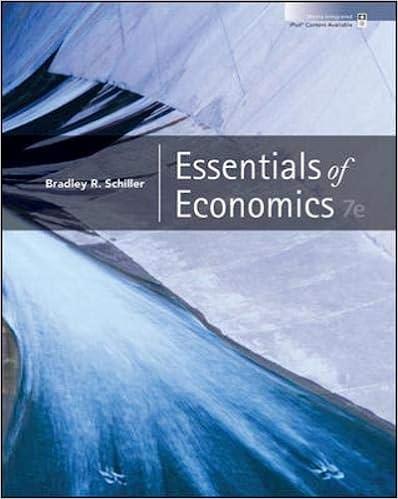Hello, I am totally lost with this question. Could you please provide "step-by-step" on how to solve the problems. Thank you.
9. Deviating from the collusive outcome Aa Aa EL Mays and McCovey are beer-brewing companies that operate in a duopoly (two-firm oligopoly). The daily marginal cost (MC) of producing a can of beer is constant and is $1.20 per can. Assume that neither firm had any startup costs. That is, marginal cost equals average total cost (ATC) for each rm. Suppose that Mays and McCovey form a cartel, and the firms divide the output evenly. (Note: This is only for convenience, because nothing in the model requires that the two companies must equally share the output.) Place the black point (X symbol) on the graph that follows to indicate the prot-maximizing price and combined quantity of output if Mays and McCovey choose to work together. Drop lines will extend to both axes automatically. PRICE [Dollars per can] 2.0 MonopoLy Outcome as I 1.8 1.6 1.5 1.2 1.0 0.8 0.6 0.4 0.2 MR 0.0 0 80 160 21.0 320 1.00 480 QUANTITY [Thousands of cans of beer per day] @ @ When they act as a prot-maximizing cartel, each company will produce cans per day and charge per can. Given this information, each rm earns a daily profit of , so the total industry profit in the beer market is per day. PRICE [Dollars per can] 2.0 Monopoly Outcome 1.8 _ 9" I 1.6 1.1. 1.2 1.0 0.8 0.6 0.1. 0.2 MR 0.0 80 160 240 320 1.00 480 QUANTITY [Thousands of cans of beer per day] E @ When they act as a prot-maximizing cartel, each company will produce cans per day and charge per can. Given this information, each rm earns a daily profit of , so the total industry profit in the beer market is per day. Oligopolists often behave uncooperatively and act in their own self-interest, even though this decreases total prot in the market. Again, assume the two companies form a cartel and decide to work together. Both firms agree to produce the same quantity. Consider the prot-maximizing level of output for each rm. Now, suppose that Mays decides to break the collusion and increase its output by 50% of Mays' portion of the collusive output, whereas McCovey continues to produce the same amount as in the collusive agreement. Mays's deviation from the collusive agreement causes the price of a can of beer to to per can. Mays's prot is now per day, whereas McCovey's profit is now per day. Therefore, you can conclude that total industry prot when Mays increases its output beyond the collusive quantity








